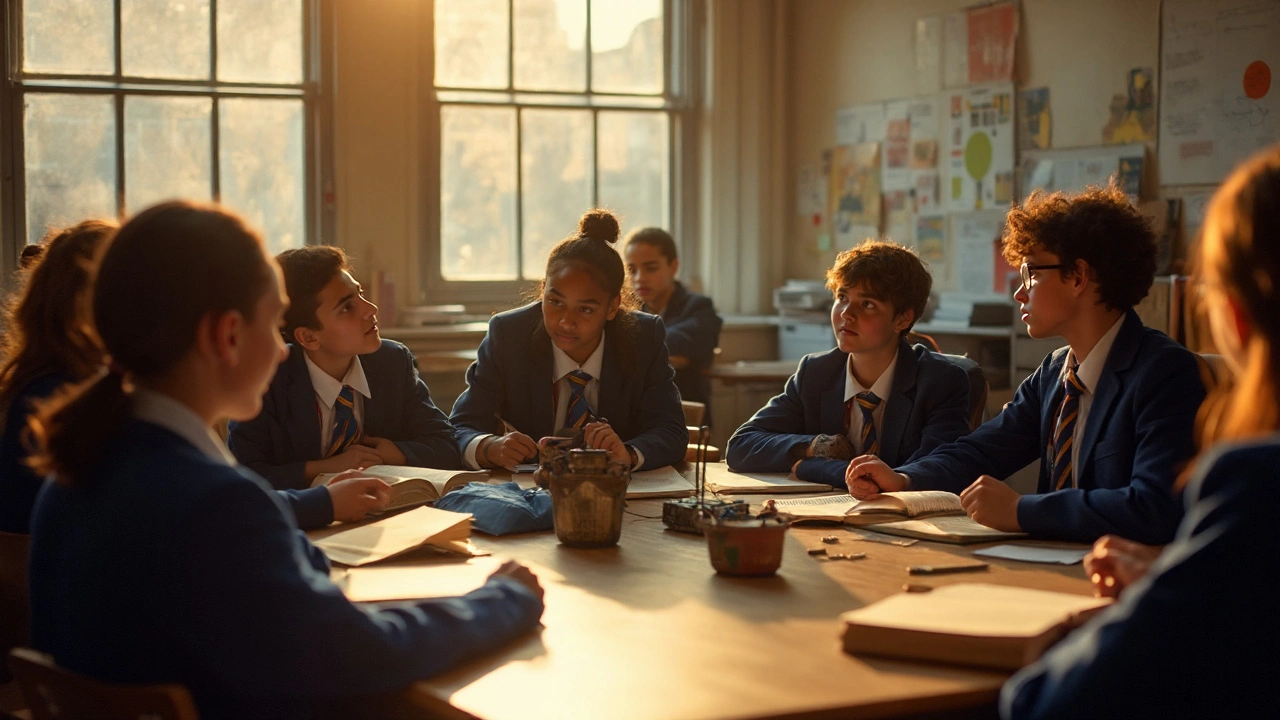How Renaissance humanism shaped modern classrooms: liberal arts, inquiry, STEAM, debate, and assessment-with steps, examples, checklists, and FAQs.
Renaissance Education: What It Was and Why It Still Matters
When you think of the Renaissance, you probably picture brilliant paintings or towering cathedrals. What’s less obvious is the school system that fed those masterpieces. The era’s learning model was a blend of classical texts, hands‑on workshops, and a new focus on the individual’s potential. Understanding that mix helps you see why today’s art and design courses still borrow from it.
Core Subjects of the Renaissance Curriculum
Humanists built the backbone of the program. Latin and Greek weren’t just language classes; they opened doors to philosophy, politics, and ancient engineering drawings. Geometry and proportion, taught through the works of Euclid and Vitruvius, gave architects the math they needed to design domes that still stand today.
Art wasn’t a separate track. Students spent hours in workshops copying masters, learning anatomy, and practicing perspective. That practical focus is why you can trace a clear line from Michelangelo’s frescoes to modern illustration courses. Music, too, held a place—chant and early polyphony taught rhythm and harmony, skills that still inform today’s sound design.
How to Study Renaissance Ideas Today
Start with the basics: read a short translation of a humanist text, like Erasmus’s *Praise of Folly*, to get a feel for the era’s critical spirit. Next, pick a single architectural case—say, Brunelleschi’s dome in Florence—and sketch its geometry. You’ll instantly see the math behind the beauty.
Online museums let you explore original sketches and manuscripts without traveling. Pause on a page from Leonardo’s notebooks, note how he mixes art, engineering, and anatomy, then try a quick experiment: draw a simple machine using the same sketch‑style. The act of copying forces you to think like a Renaissance learner.
Finally, bring the interdisciplinary mindset into your own projects. If you’re a graphic designer, study the proportions of a classical column and apply that balance to a modern logo. If you teach, weave short history snippets into lessons—students remember facts better when they see a real‑world link.
Renaissance education wasn’t just about memorizing facts; it was about connecting ideas across subjects. By mimicking that curiosity, you can make your own learning more vibrant and relevant.
So next time you admire a fresco or walk past a grand building, remember the classrooms that produced the minds behind them. The same blend of language, mathematics, art, and music can still spark creativity in any field—if you give it a try.

